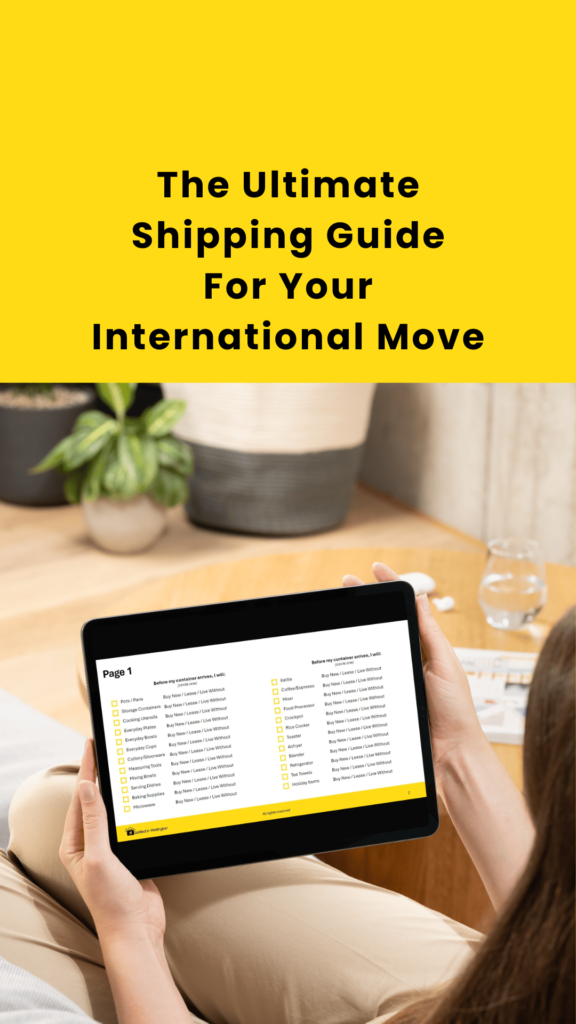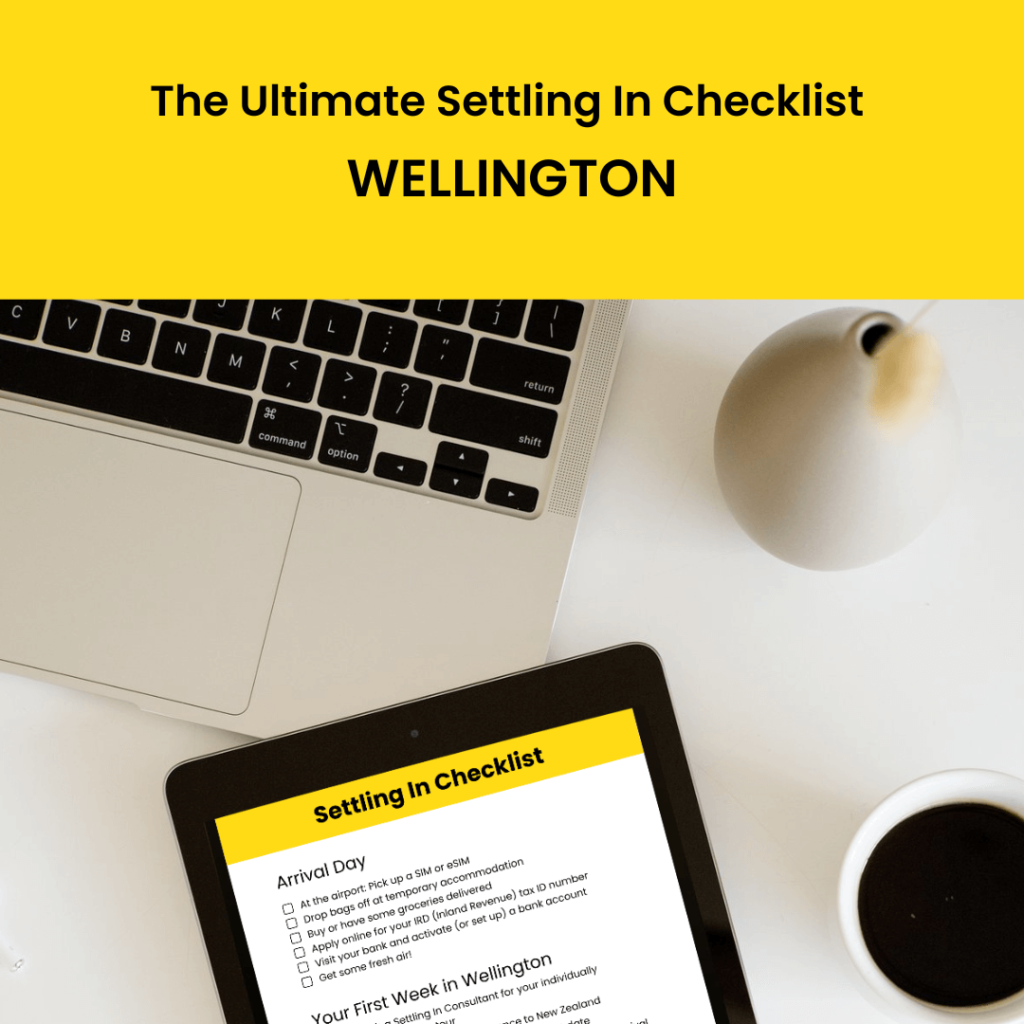7 min read
If you’re preparing to move to New Zealand, understanding how the education system works can help you plan ahead and make informed choices for your children.
New Zealand has a structured, internationally respected schooling system, focusing on holistic learning, creativity, and problem-solving rather than strict memorisation-based testing.
Whether you’re considering public schools, private schools, or homeschooling, this guide will give you the foundational information you need to know about how education works in New Zealand.
The New Zealand School Year & Holiday Structure
New Zealand follows a 4-term school year, aligning with the calendar year (January–December) rather than the Northern Hemisphere model of September–June.
School Term Structure
Term 1: Late January or early February – Early April
Term 2: Late April – Early July
Term 3: Late July – Late September
Term 4: Mid-October – Mid-December
Each school term lasts roughly 10 weeks, with two-week school holiday breaks in between. Christmas/New Year holidays mark the end of the school year, with a long summer break of 6–7 weeks.
Tip: Many families take holidays during school breaks, so it’s common for workplaces to slow down during these periods.
Looking for exact School Holiday dates? Check out this article for a full list of public holidays and school breaks for this year and next.
The Structure of the New Zealand School System
New Zealand’s education system is divided into three main stages, aligned with Year numbers:
- Early Childhood Education (ECE) – Ages 0–5
- Primary & Intermediate School – Years 0–8 (Ages 5–12)
- Secondary School (College/High School) – Years 9–13 (Ages 13–18)
Schooling is compulsory from ages 6 to 16, but most children start school the day after their 5th birthday.
How Starting School Works in NZ
Unlike many countries that operate on a cohort start system, where children begin school at the start of a new school year, New Zealand schools allow children to start school the day after they turn 5.
- Children with birthdays in the first half of the year (Terms 1 & 2) usually start as Year 1 students.
- Children with birthdays in Term 3 or 4 start as Year 0 and transition to Year 1 the following Term 1.
This flexible system ensures that young learners can begin school as soon as they are ready, rather than waiting for a designated enrolment period.
Types of Schools in New Zealand
New Zealand has various types of schools, catering to different teaching philosophies, religious beliefs, and cultural backgrounds.
Primary & Intermediate Schools (Years 0–8)
- State (Public) Schools – Funded by the government, open to all students.
- State-Integrated Schools – Often religious or cultural schools, blending the NZC with their own special character.
- Private Schools – Fee-paying schools with independent curriculums and smaller class sizes.
- Special Character Schools – Alternative learning approaches, such as Montessori or Steiner education.
Secondary Schools (Years 9–13)
- Traditional Colleges & High Schools – Offering NCEA, Cambridge, or IB pathways.
- Māori-Medium Schools (Kura Kaupapa Māori) – Delivering education in Te Reo Māori with a kaupapa Māori approach.
- Vocational & Trades-Focused Schools – Specialising in hands-on career training, often integrating apprenticeships.
- Te Kura – Providing homeschooling or online learning options.
Tip: Check whether your preferred state school has a zoning system—some schools prioritise students living in specific areas for enrolment.
Tip Specifically for North Americans: Here in New Zealand, “College” never means tertiary education. If you say you have “two kids in college” here, people will assume they are between ages 13-18.
The New Zealand Curriculum & Te Marautanga o Aotearoa
The Ministry of Education sets the New Zealand Curriculum, ensuring schools provide a balanced, student-centered approach to learning. This curriculum is highly flexible, allowing schools to adapt teaching methods to suit their communities.
New Zealand schools follow two curriculum frameworks:
The New Zealand Curriculum (NZC) – Used in English-medium schools, focusing on eight key learning areas:
- English
- Mathematics & Statistics
- Science
- Social Sciences
- Technology
- Health & Physical Education
- The Arts
- Learning Languages
Te Marautanga o Aotearoa (The Māori Curriculum) – Used in Māori-medium schools, prioritising Te Reo Māori, tikanga Māori (customs), and kaupapa Māori (cultural-based learning).
While most schools in New Zealand follow the NCEA framework, some offer alternative international qualifications, such as the Cambridge International Curriculum and the International Baccalaureate (IB).
Cambridge is an exam-based system providing internationally recognized credentials for university entry. The IB Diploma Programme emphasizes critical thinking, global awareness, and independent research, making it a strong choice for students aiming for overseas study or a broad, inquiry-driven education.
Parents considering these options should check whether their chosen school offers Cambridge or IB, as availability varies across schools.
Primary School Progress Reports
Children in primary school usually receive a midyear and end-of-year progress report, but it’s not a numeric report card like in many countries.
Instead of receiving numbered grades, students are assessed based on performing:
- Above expectations
- Within expectations
- Working towards expectations
These reports focus on a child’s learning progress, helping parents understand how their child is developing without ranking students by grades or percentages, but it can be confusing for families arriving from countries where children are often working towards exceptional numeric marks from a very young age.
Tip: Teachers often hold goal setting meetings at the beginning of the school year, and the follow up with midyear and end of year meetings to discuss progress towards meeting those goals , allowing families to stay engaged with their child’s learning journey.
How NCEA Works & Why There’s No Formal ‘Graduation’ in NZ
New Zealand uses the National Certificate of Educational Achievement (NCEA) as its secondary school qualification system. Instead of a final graduation ceremony, students can become school leavers anytime in their final 3 years of college, depending on their NCEA qualifications and career pathway.
Understanding NCEA Levels
NCEA is made up of three levels, which students complete over their last three years of secondary school:
NCEA Level 1 – Year 11 (Foundation-level qualification)
NCEA Level 2 – Year 12 (Required for most apprenticeships or entry-level jobs)
NCEA Level 3 – Year 13 (University entrance qualification)
Each of the three main subjects (Literacy, Writing, and Numeracy) are broken into assessments that award credits throughout the year as well as a major exam. Instead of relying on one big final exam, students earn credits through assignments, projects, coursework, and exams. Credits are earned throughout the year based on their coursework, and your school will help your child make sure they are selecting the right combination of courses and exams to meet their NCEA goals.
School Leavers vs Graduation
Unlike in countries where students graduate with a diploma at the end of high school, New Zealand does not have a national graduation ceremony for secondary school. Instead, students become school leavers when they have gained the NCEA qualifications they need for their chosen career or further study.
- Some students leave school after NCEA Level 2 to enter trade apprenticeships or vocational training.
- Others stay until Year 13 (NCEA Level 3) to qualify for university or specialist career pathways.
Tip: Many schools hold end-of-year prizegiving ceremonies, but there is no formal graduation event like in the US or UK.
Looking for guidance on enrolment, zoning, and school support? The Ministry of Education’s Parent Portal is a great resource—check it out here.
The Takeaway
The Takeaway
Moving to New Zealand means transitioning to a unique and student-focused education system, but parents can be confident that their children will receive a high-quality education, no matter where they’ve come from.
Even if your child is used to a different schooling approach, New Zealand’s flexible curriculum, inquiry-based learning, and supportive environment ensure a smooth adjustment. The focus on critical thinking, creativity, and well-being helps children thrive, whether they’re in public, private, or special character schools.
With learning support available, tailored pathways through NCEA, and diverse extracurricular opportunities, New Zealand’s education system empowers students to explore their strengths and prepare for their future—whether that’s university, trades, or other career paths.
As a parent, knowing that your child’s education is adaptable, inclusive, and globally recognized means you can feel confident about their learning journey in New Zealand.


